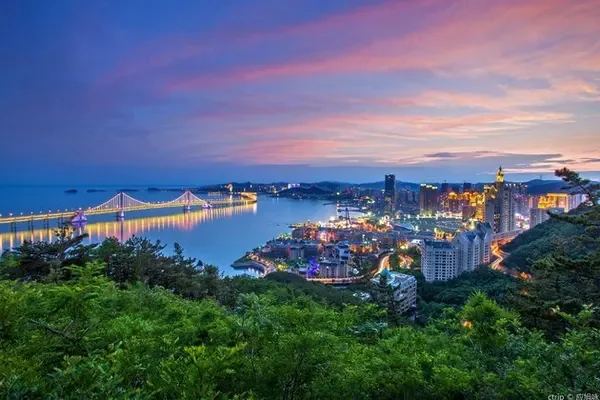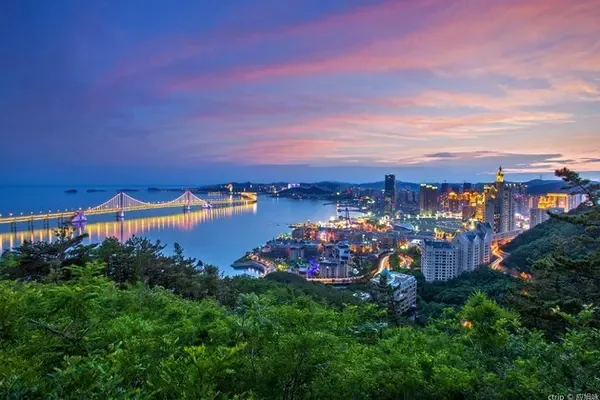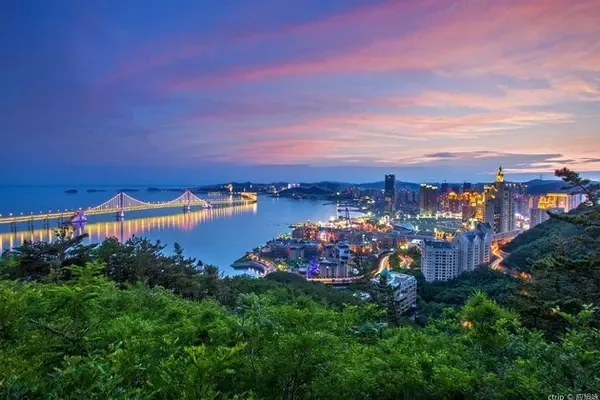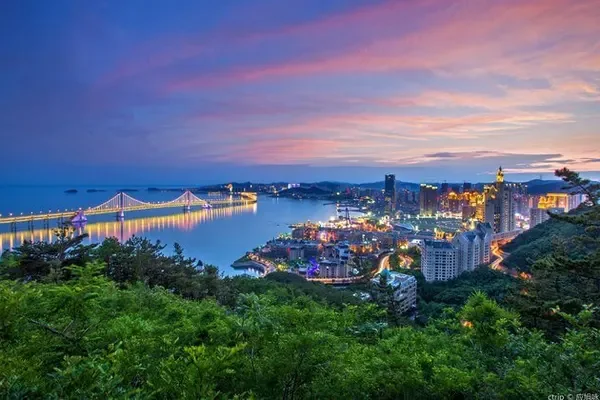The Xixia Museum is a special museum that comprehensively displays the history and culture of Xixia with the Xixia Mausoleum as the background. Here you can not only visit nearly 10,000 precious cultural relics in the collection, but also listen to the story of Xixia behind the collection of cultural relics told by the guide. You will find that the more you know about Xixia, the more questions you will have about Xixia. Who created it? Where did the party members come from and where are they going? The more you explore, the more curious you feel. Use the fire of "knowledge" to warm your whole winter!



In 1988, the Xixia Mausoleum was announced by the State Council as a national key cultural relic protection unit, a national scenic spot, and a list of China's national natural and cultural heritage.
There are 9 emperor mausoleums and 271 accompanying tombs in Xixia Mausoleum, covering an area of 57.56 square kilometers. Among them, the application area is 40 square kilometers, and the buffer zone is 17.36 square kilometers. It is the largest, highest-level, and most complete historical and cultural relic preserved by the Xixia civilization.

Xixia has created a unique and splendid culture and art in a relatively short historical period. The Xixia cultural relics, porcelain and other cultural relics unearthed from the Xixia Mausoleum are the perfect embodiment of Xixia art. The creation and popularization of the Xixia script inscribed on the remnant stele of the Xixia Mausoleum can be regarded as a miracle in the history of Chinese culture. The Xixia metallurgical foundry industry has advanced processes and exquisite skills.




In the long years of two centuries, Xixia has successively fought against Liao and Northern Song Dynasty, and confronted Jin and Southern Song Dynasty. It is located in the place where Song, Liao, Jin, Uighur, and Tubo exchanges must pass. It controls the important transportation line of the Chinese and Western Land Roads. It is an important hub on the Silk Road and the only way for Chinese and Western cultural, economic and trade exchanges. Xixia absorbed a large number of directors of the Tang and Song Dynasties and the surrounding ethnic minorities, integrated into the customs and habits of the nation, and formed a unique Xixia culture. As a mysterious kingdom that disappeared on the Silk Road, it has witnessed the process of a nation forming a unique historical culture rich in regional characteristics under the alternation of various civilizations and cultures, and gradually integrating into the Chinese civilization, showing the civilization of the Chinese nation and the multivariate characteristics of cultural development.

Dangxiang Qiang, the founder of the Xixia Dynasty, originally lived in the area of the Yellow River Hequ. In 1038, Yuan Hao proclaimed himself emperor and founded the country in Xingqing Prefecture. In 1227, he was wiped out by the Mongolian army. In nearly 200 years, the Xixia Dynasty built many buildings, such as: cities, palaces, pavilions, pavilions, pagodas, temples, grottoes, water conservancy facilities, etc. Most of them disappeared with the destruction of the Xixia Dynasty, but the Xixia Dynasty The mausoleum still stands at the foot of Helan Mountain, becoming the epitome of the rise and fall of the Xixia Dynasty, providing strong evidence for us to pursue this disappeared dynasty.

The Xixia Mausoleum has absorbed the architectural styles since the Qin and Han Dynasties, especially the Tang and Song dynasties, and integrated Buddhist cultural architectural styles. It is an organic combination of Central Plains culture, Buddhist culture and Dangxiang and other minority cultures. The mausoleum architecture is unique and unique. No matter in terms of scale or appearance, it has the incomparable uniqueness of other historical buildings.
Movable type printing is one of the four great inventions of ancient China. It has profoundly influenced the progress of world civilization and promoted the development of culture. Come to the Xixia Wenmu Movable Type Printing Experience Hall this winter, and personally operate the steps of picking up characters, typesetting, brushing ink, and printing. Every arrangement and combination is a wonderful one. Print a work, or a poem, or It is a letter, what is stained with ink, what is stretched is affection, and the spread of ink dots warms the whole winter.



In the Xixia Mausoleum ruins area, by visiting No. 5 Mausoleum, No. 6 Mausoleum and large-scale burial tombs, you can overlook the magnificent ruins of Xixia Mausoleum from the whole line, overlook the majestic Helan Mountains from a distance, and see the tall and solemn mausoleum towers up close. The scenery is infinite, and the wind seems to echo the iron horse of the year. The vicissitudes of this history can't help but make people feel hot.








"Love in Xixia" is a 3D theme movie of Xixia culture and tourism created by the scenic spot. It mainly revolves around the love story between Chen Shengzhe, an envoy of the Song Dynasty, and Ye Lijingshu, the daughter of the general of Xixia. The socio-political, economic, and cultural aspects of the time will take you to understand the political disputes between Xixia and Song Dynasty and the turmoil in the Xixia court.





"Fantasy Journey to the Underground Palace of Xixia" is a 4D themed fantasy film of Xixia culture and tourism created by the scenic spot. It tells the story of a descendant of the guardian of the Underground Palace of Xixia. The story is even more exciting. Through the film, together with Mizu, the guardian elf of the underground palace, through layers of adventures, he opened the mechanism of the underground palace in a crisis, saw the once prosperous Xixia in the underground palace, and experienced a thrilling fantasy journey.
When traveling in Ningxia, I recommend the direct train to Ningxia tourist attractions. The staff all wear yellow vests, and the minions are hospitable and hospitable. There are two tourist distribution centers in the new city railway station and Crescent Square in the old city, where you can stay nearby Convenient, there are many hotels, and the transportation is convenient. It is not far from the civil aviation bus, and it is very convenient whether it is by train or plane. The one-way fare for the direct train from the scenic spot to Xixia Royal Tomb, Zhenbeibao Film and Television City, Helan Mountain Rock Painting, and Shuidonggou is 15 yuan per person, and the ticket is more affordable and convenient.



